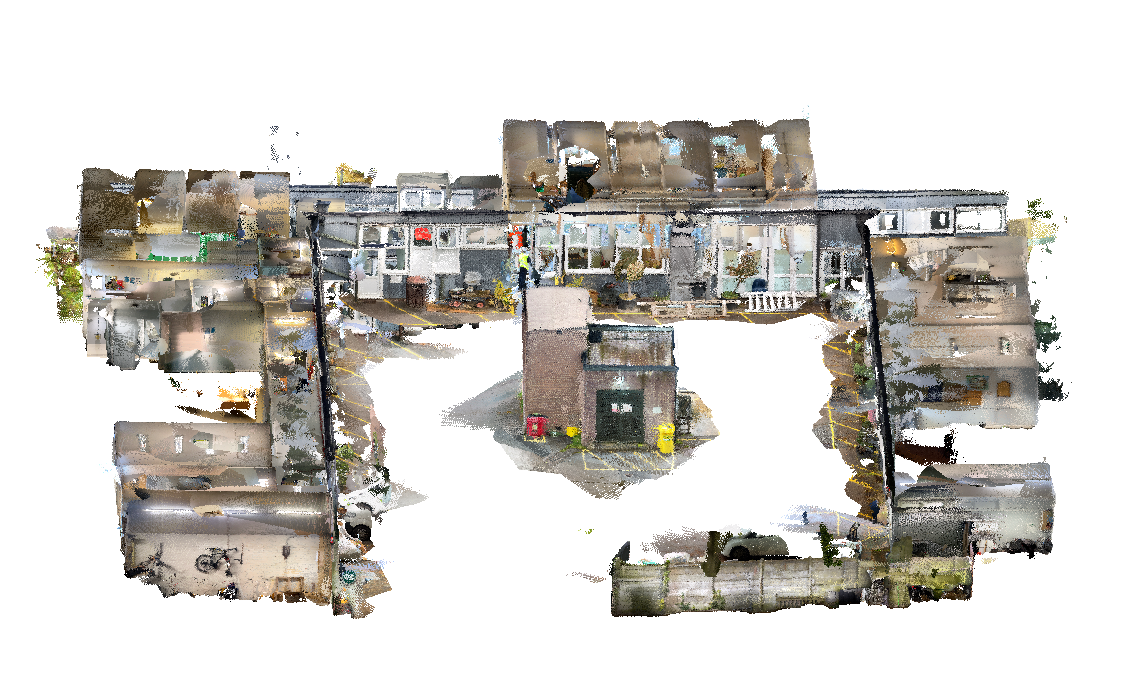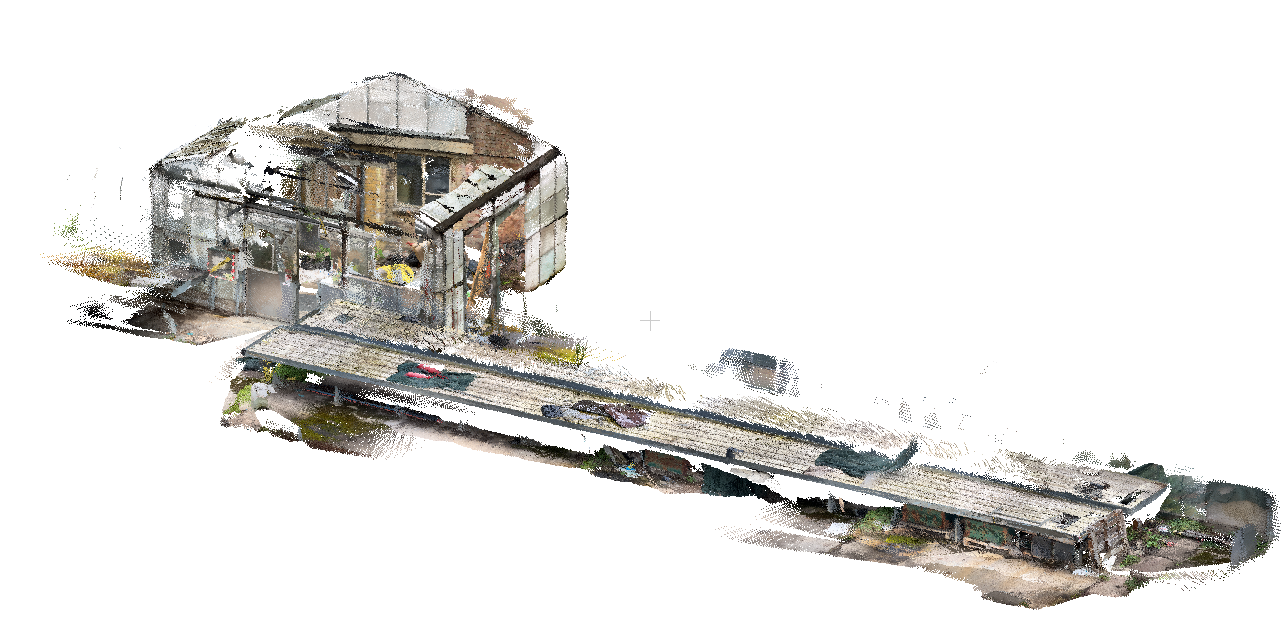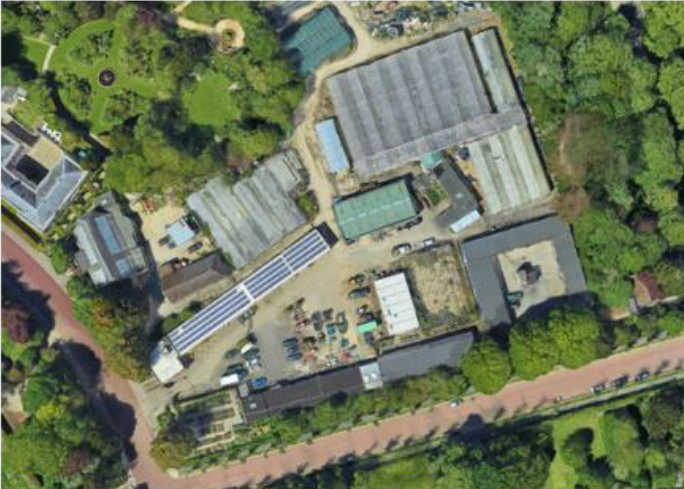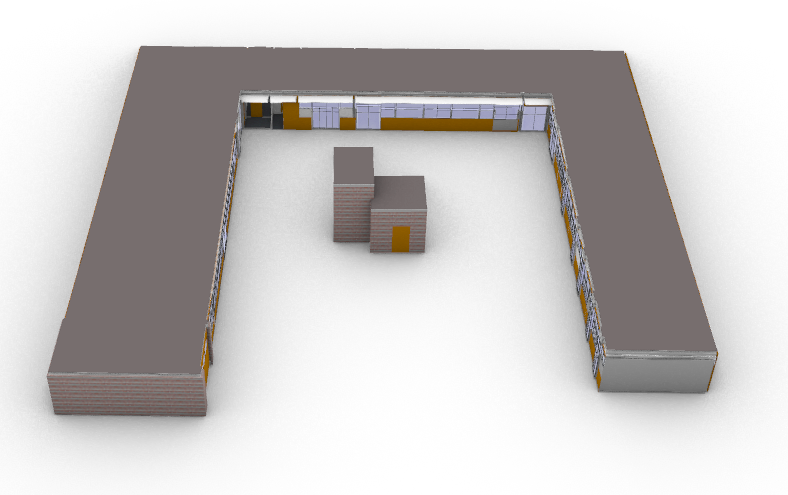Pre-Demolition Audit of The Regent's Park Store Yard
Overview
A redundant nursery yard in Regent’s Park was to be reconfigured into a new landscape garden. There was a desire to reuse or repurpose as much as possible of the material on site when developing the new garden and to minimise recycling and waste to comply with the requirements of the London Plan 2021. A Pre-Demolition Audit conducted by BRE found The Regent's Park Store Yard capable of achieving 95% diversion from landfill target. This would also meet the London Plan Policy D3 ‘Optimising site capacity through the design-led approach’, and SI7 ‘Reducing waste and supporting the Circular Economy’.
About
Regent's Park is one of the Royal Parks of London, which has existed in its current state since the early 1800s. The park occupies approximately 166 hectares or 410 acres and is administratively split between the City of Westminster and the Borough of Camden. The Regent's Park Store Yard is an area not currently accessible to the public, containing redundant plant nursery buildings as well as office space and facilities for the grounds maintenance staff of the park.
Background
David Morley Architects commissioned BRE to carry out a pre-demolition/pre-redevelopment audit of The Regent's Park Store Yard in April 2023. The aim was to establish an understanding of the types and quantities of waste materials that would arise during the demolition phase of the project, in order to provide the appointed landscape designer with information about the available materials on site to aid design development.
This would allow for the creation of targets and objectives for the demolition that demonstrates resource efficiency along with supporting the circular economy aspects of the London Plan 2021.
Challenges
The Plan requires that redevelopment projects should demonstrate how all materials arising from demolition and remediation works will be managed in accordance with the waste hierarchy, managing as much waste as possible on site. A key aspect of the nursery yard transformation was the potential for reusing materials present in the existing hard landscaping, and buildings on the site in the new landscaped gardens.
Solutions
The audit was conducted using BRE’s bespoke pre-demolition audit process whilst tailoring to the specific requirements of this project. Our methodology uses cutting edge technology such as Point Cloud scanning and 3D modelling to quantify materials and components arising from refurbishment projects. Our unique evidence gathering method allowed us to document onsite findings precisely and contemporaneously, resulting in more accurate estimations of material quantities and their locations.
This system ensured that our team of consultants could provide recommendations and targets for reuse and recycling that were aligned to best practice and specific to the site. The site visit conducted by our specialist BRE staff provided a great chance to engage directly with the client and other stakeholders on site to understand potential reuse opportunities. The images provide an example of how the Point Cloud scans collected on the site visit can be translated into a 3D model to extract quantities and volumes.
A detailed inventory of the materials needing to be managed upon demolition was provided by BRE. This inventory contained details of the types and quantities of the various materials found on the site, outlining options for maximising their reuse and recovery. BRE also provided guidance and recommendations for how any materials could be reused on site considering the project teams ambitions for the landscaped gardens.
Benefits
The audit estimated that the total weight of material that could arise from the strip out, demolition and clearance of the site to be 4,297 tonnes with an estimated total volume of 1,885m³. The largest Key Demolition Products (KDPs) were Concrete, Metal, Soil and Stones, Brick, Timber and Glass. BRE presented a scenario where 2.4% of material could be re-used and 92.6% recycled (both by weight) which would achieve around 95% diversion of total non-hazardous waste. This would satisfy the London Plan’s 95% target.
BRE identified a number of areas where materials could be reused directly within the new park area, such as reusing bricks and aggregates for pathways, or transforming scrap metal into new fencing for the boundaries. BRE also identified a number of neighbouring construction projects which may also provide a suitable alternative to disposing of waste in landfill.
Summary
A BRE Pre-Demolition Audit finds The Regent's Park Store Yard capable of achieving 95% diversion from landfill target, which would support the requirements of the circular economy aspects of the London Plan 2021 and maximise the reuse and recycling of waste materials arising from the demolition.
BRE brings experience gained from a range of audits of redevelopment projects, waste audits and waste minimisation projects, and collaboration with site operatives and waste management companies.
BRE’s bespoke pre-demolition/pre-redevelopment audits can help your projects recognise:
- High profile environmental credentials.
- Savings in disposal and transport costs.
- Revenue and avoided landfill costs from reuse and recycling.
- Reduction in environmental nuisance.
- Best practice in materials waste management.
- A duty of care for material waste.
- An estimate of scrap material value.
- Carbon savings.
- Space required for materials storage.
Contact us with enquiries about our pre-demolition audit service
SmartWaste
During the demolition, details of the actual materials arisings, and the waste management methods used, should be recorded to allow a comparison between actual with forecasts, and to assess performance against the targets set. This is a requirement in post-completion reporting for referred developments in London as per the London Plan 2021. SmartWaste is a web-based tool that can be used to record details of waste arisings and waste management methods used (see Appendix A for further details). SmartWaste also allows users to produce reports of waste arisings by waste product and diversion of waste from landfill figures along with reports on other environmental impacts.
The tool can be used for:
- preparing, implementing, and reviewing Site Waste Management Plans (SWMPs);
- industry waste benchmarks; and,
- online measuring and reporting on;
- waste (aligned to defined waste groups);
- site energy, fuel, and water use;
- procurement of certified/sustainable materials;
- transport impacts from deliveries, waste removal and staff movements;
- incidents, complaints, and visits;
- biodiversity and ecology;
- project management statistics such as number of staff, staff hours and toolbox talk records; carbon impacts from energy and water use, waste management processes, embodied;
- carbon of materials and transport of materials, waste, and staff; and,
- Considerate Constructors Scheme;
This membership tool is frequently updated and offers the user flexibility, reporting and support. Data are collated in SmartWaste to meet the latest BREEAM credits and can be downloaded. More information is available at www.bresmartsite.com.
Browse more from our latest case studies:

Bybanen D14 Rail Wins BREEAM Infrastructure Very Good

Shimna flood alleviation scheme earns BREEAM Infrastructure Excellent

SmartWaste and Robertson

Inim Electronics utilises LPCB certification to access global markets

HAUT Amsterdam first residential building in Netherlands to achieve BREEAM Outstanding

Colwyn Bay coastal defence achieves BREEAM Infrastructure Outstanding

Old St Roundabout awarded BREEAM Infrastructure Excellent








